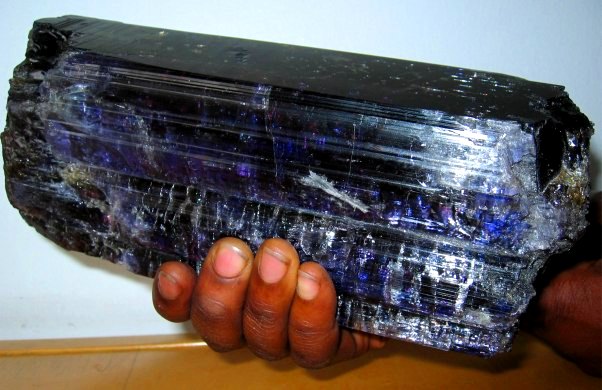

The Cullinan I diamond serves as the head of the sceptre. It is a symbolic ornament that is held by the monarch at important events, such as a coronation or a significant anniversary. The Sovereign's Sceptre with Cross: This sceptre is a part of the Crown Jewels of the United Kingdom. At 530.2 carats, the Cullinan I was now the largest faceted diamond in existence, and it was of exceptional color and clarity. This may sound like an excessive manufacturing fee however, each of the two largest stones had an individual value that greatly exceeded the value of all the rest combined. The rest of the cut stones and fragments remained with Asscher Brothers as their manufacturing fee. The two largest stones, the Cullinan I and Cullinan II, were sent back to the King. They were named using Roman numerals as Cullinan I through IX. Together the nine major diamonds weighed a total of 1055.89 carats. Asscher Brothers cut the Cullinan rough into 105 faceted gems: nine major diamonds totaling 1055.89 carats (shown in the accompanying photo), 96 small faceted stones totaling 7.55 carats, and 9.5 carats of uncut fragments. In Amsterdam, three people at Asscher Brothers worked 14 hours per day for 8 months cutting the diamond. A box containing the diamond was to be placed in the Captain's safe, and a team of detectives and armed guards were to travel with the diamond for safekeeping.īut, before the ship had left port, Abraham Asscher visited London and traveled back to Amsterdam by train and ferry - with the real Cullinan Diamond in his coat pocket. Their family was considered to be the most accomplished diamond cutters in Europe at that time.Īrrangements were made to ship the diamond aboard a Royal Navy ship. In January of 1908 he gave that job to Asscher Brothers Diamond Company, a family-owned business of gemcutters located in Amsterdam. King Edward VII decided to have the diamond cut into faceted gems.


 0 kommentar(er)
0 kommentar(er)
